
Quality Control
Leverage AI-powered visual inspection to achieve unprecedented levels of defect detection accuracy across your production line—from micro-components to final packaging—driving down escape rates and safeguarding your brand commitment to excellence.
-
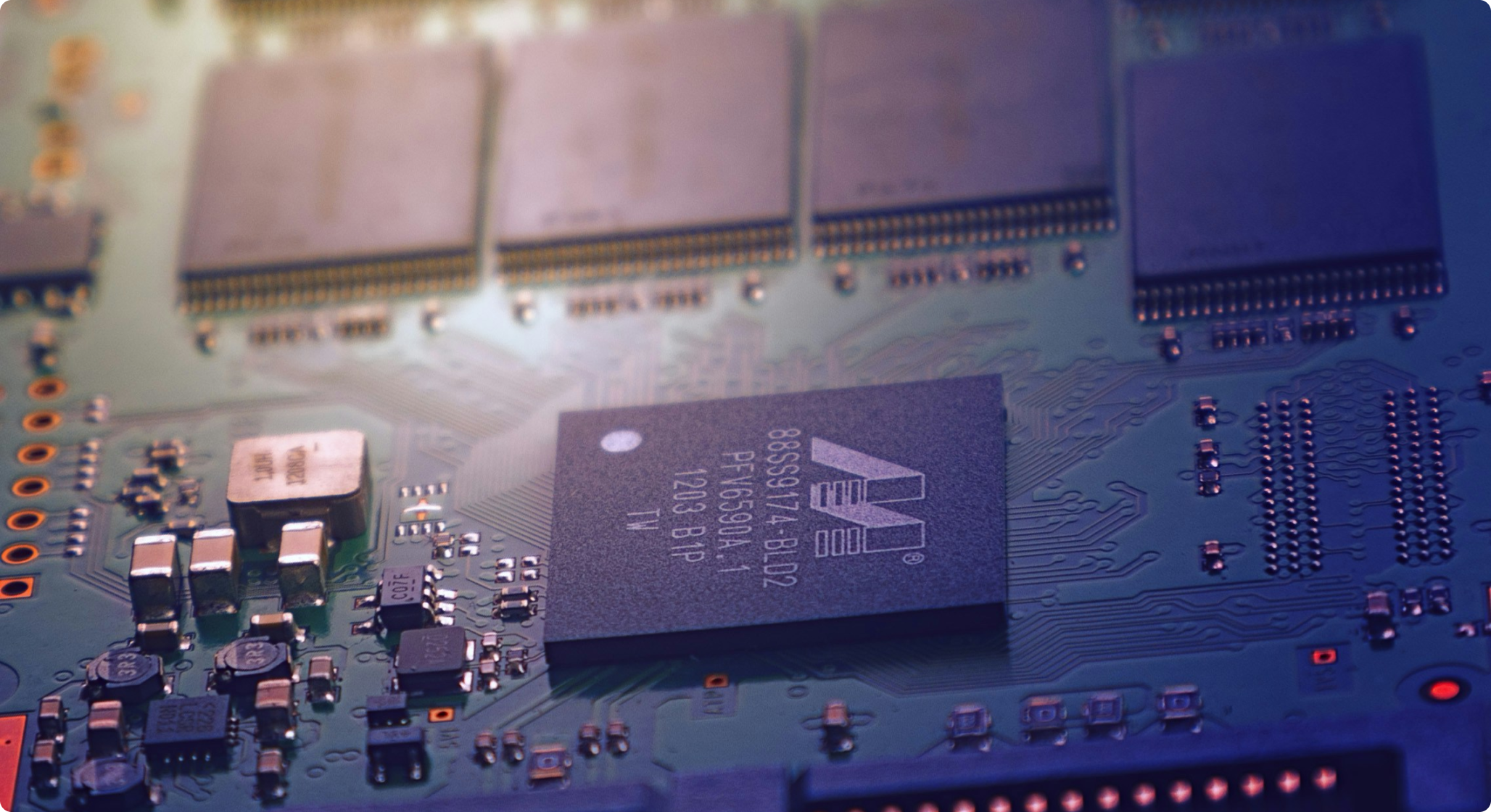 Chip Wire Bond inspection is a crucial detection process in the semiconductor packaging stage, focusing on the connection quality of bonded wires. By examining the connection status of bonding wires such as gold wires and copper wires, it ensures the stable transmission of internal circuit signals o
Chip Wire Bond inspection is a crucial detection process in the semiconductor packaging stage, focusing on the connection quality of bonded wires. By examining the connection status of bonding wires such as gold wires and copper wires, it ensures the stable transmission of internal circuit signals o -
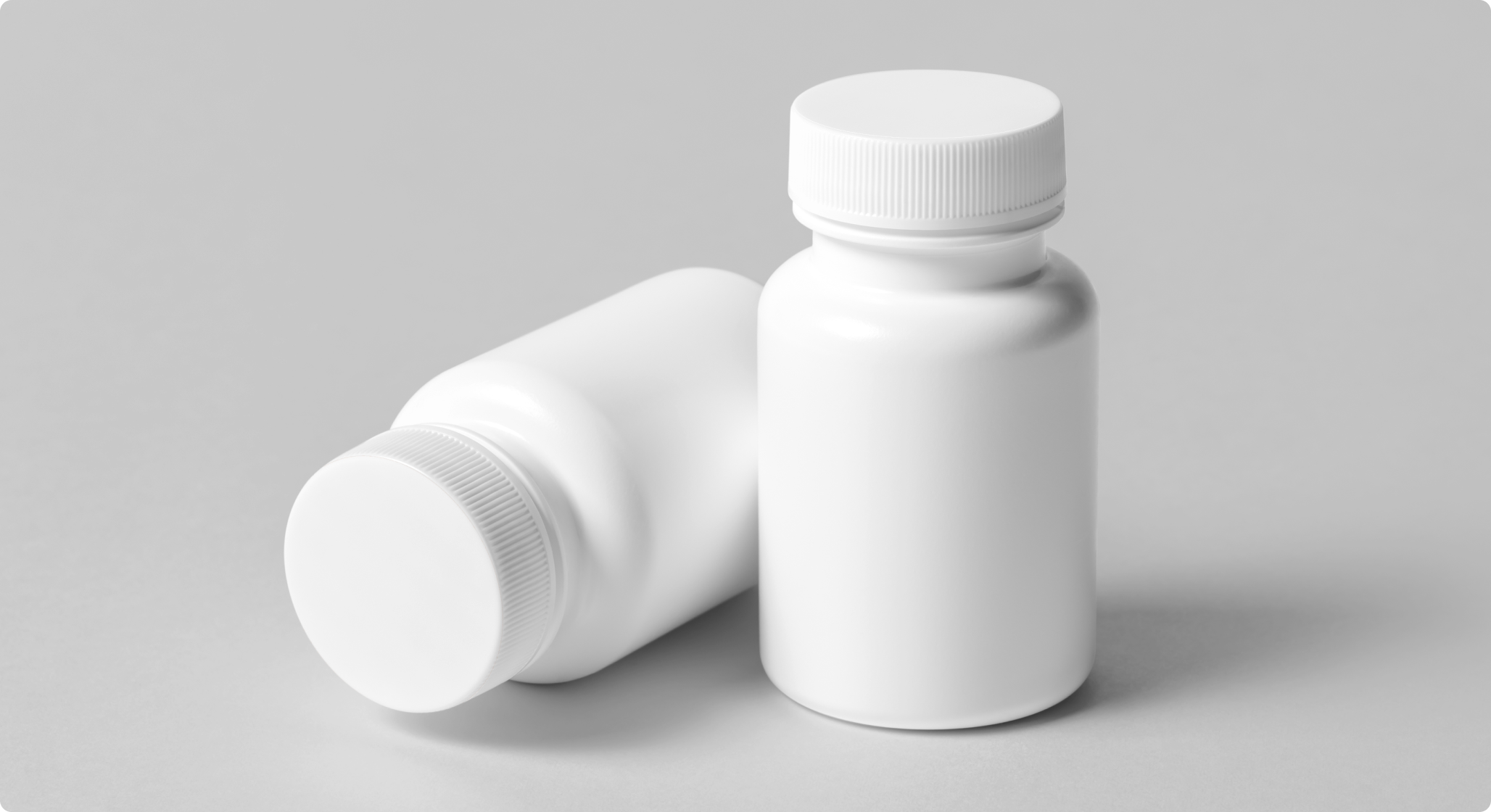 Medicine bottles are core containers for pharmaceutical packaging, mostly made of plastic (such as PP, PE) or glass. They typically include structures like the bottle body, bottle mouth threads, and bottle cap, and must meet pharmaceutical standards for sealing and contamination prevention.The inspe
Medicine bottles are core containers for pharmaceutical packaging, mostly made of plastic (such as PP, PE) or glass. They typically include structures like the bottle body, bottle mouth threads, and bottle cap, and must meet pharmaceutical standards for sealing and contamination prevention.The inspe -
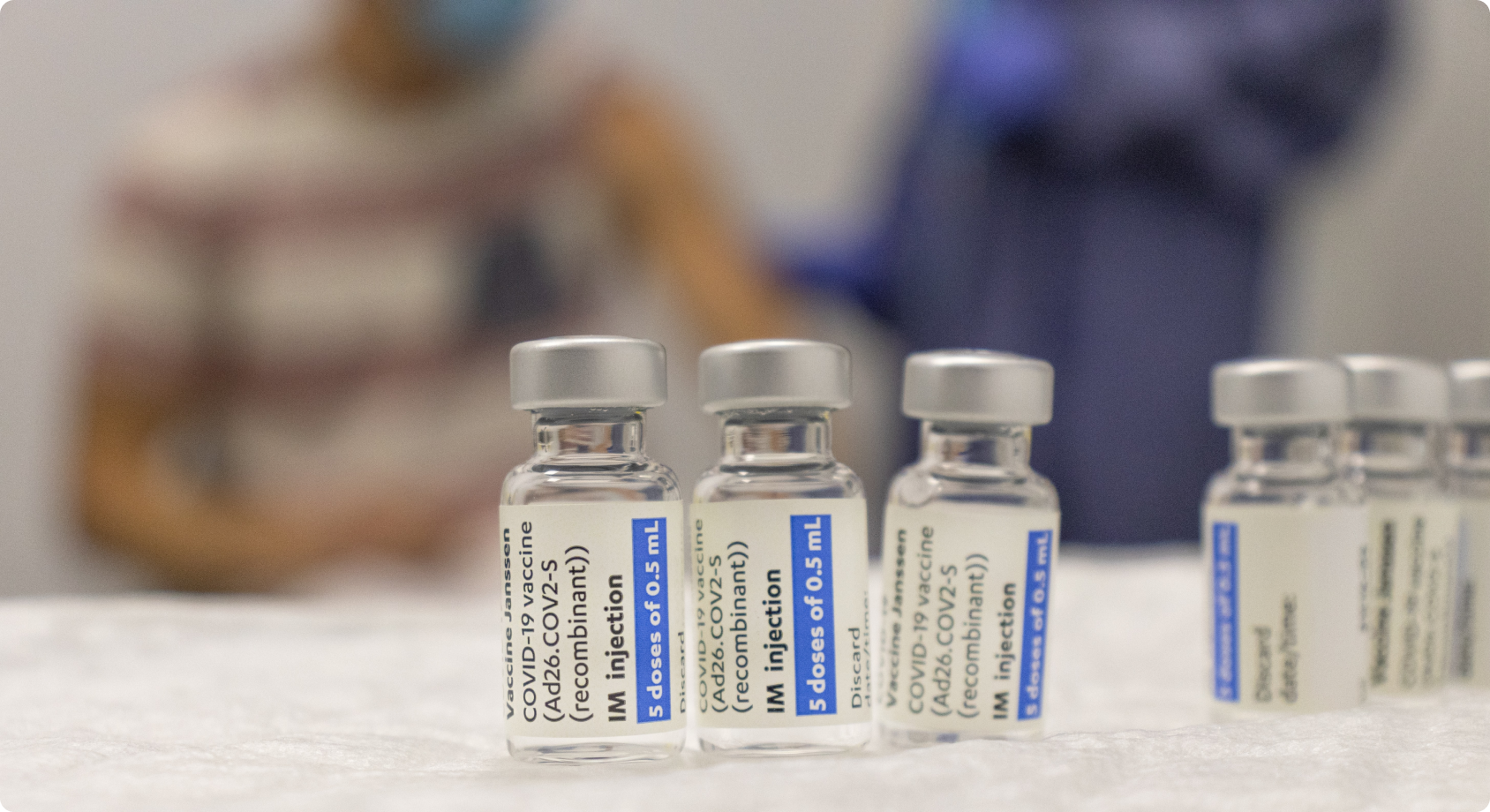 Medicine bottles are core containers for pharmaceutical packaging, mostly made of plastic (such as PP, PE) or glass. They typically include structures like the bottle body, bottle mouth threads, and bottle cap, and must meet pharmaceutical standards for sealing and contamination prevention.The inspe
Medicine bottles are core containers for pharmaceutical packaging, mostly made of plastic (such as PP, PE) or glass. They typically include structures like the bottle body, bottle mouth threads, and bottle cap, and must meet pharmaceutical standards for sealing and contamination prevention.The inspe -
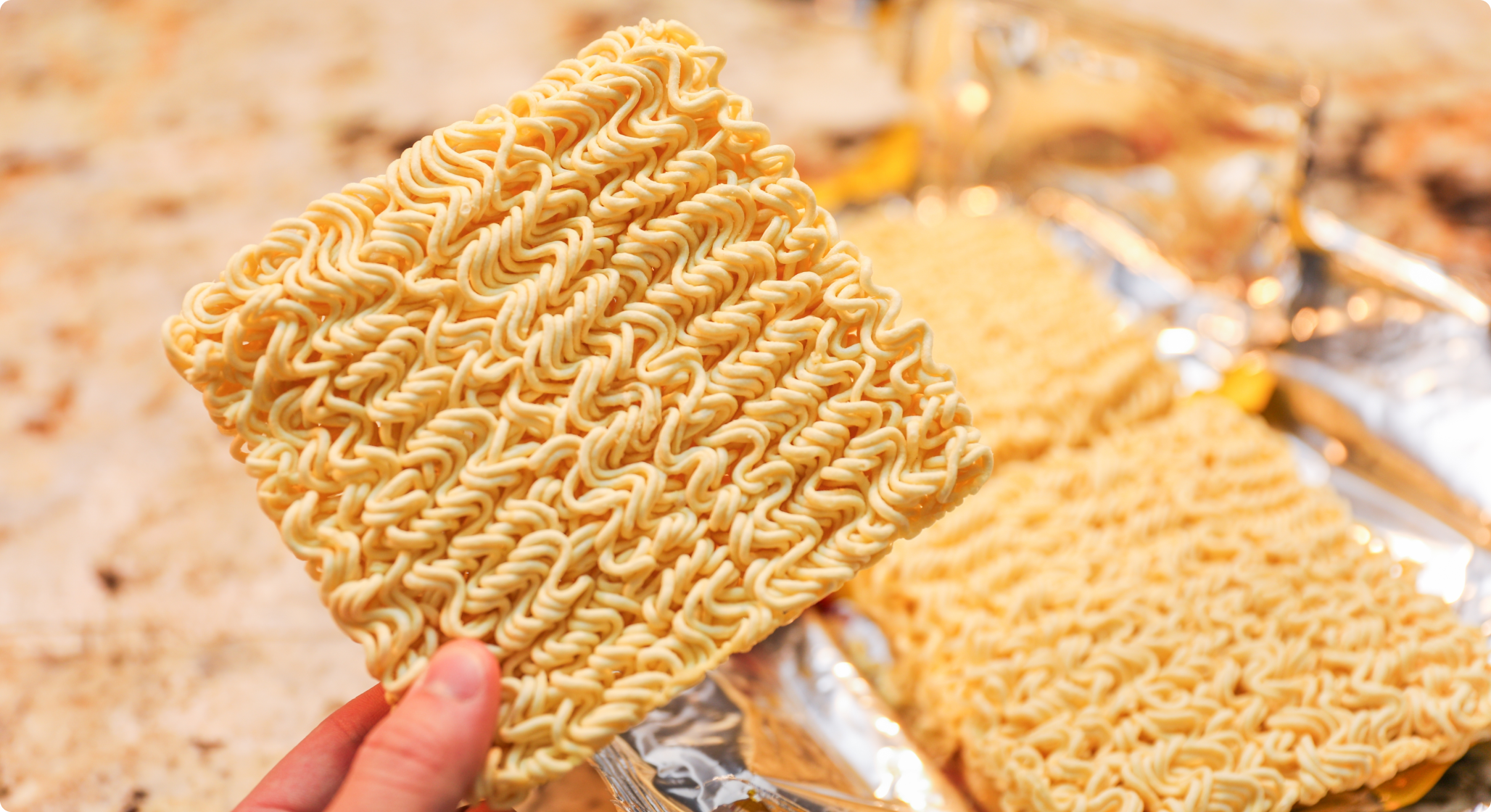 Currently, the appearance inspection of instant noodle cakes is crucial in high-speed automated production lines, yet it faces numerous challenges. Production lines operate at extremely high speeds, requiring the detection of defects as small as 0.5mm, such as oil residue, dark spots, and burnt resi
Currently, the appearance inspection of instant noodle cakes is crucial in high-speed automated production lines, yet it faces numerous challenges. Production lines operate at extremely high speeds, requiring the detection of defects as small as 0.5mm, such as oil residue, dark spots, and burnt resi -
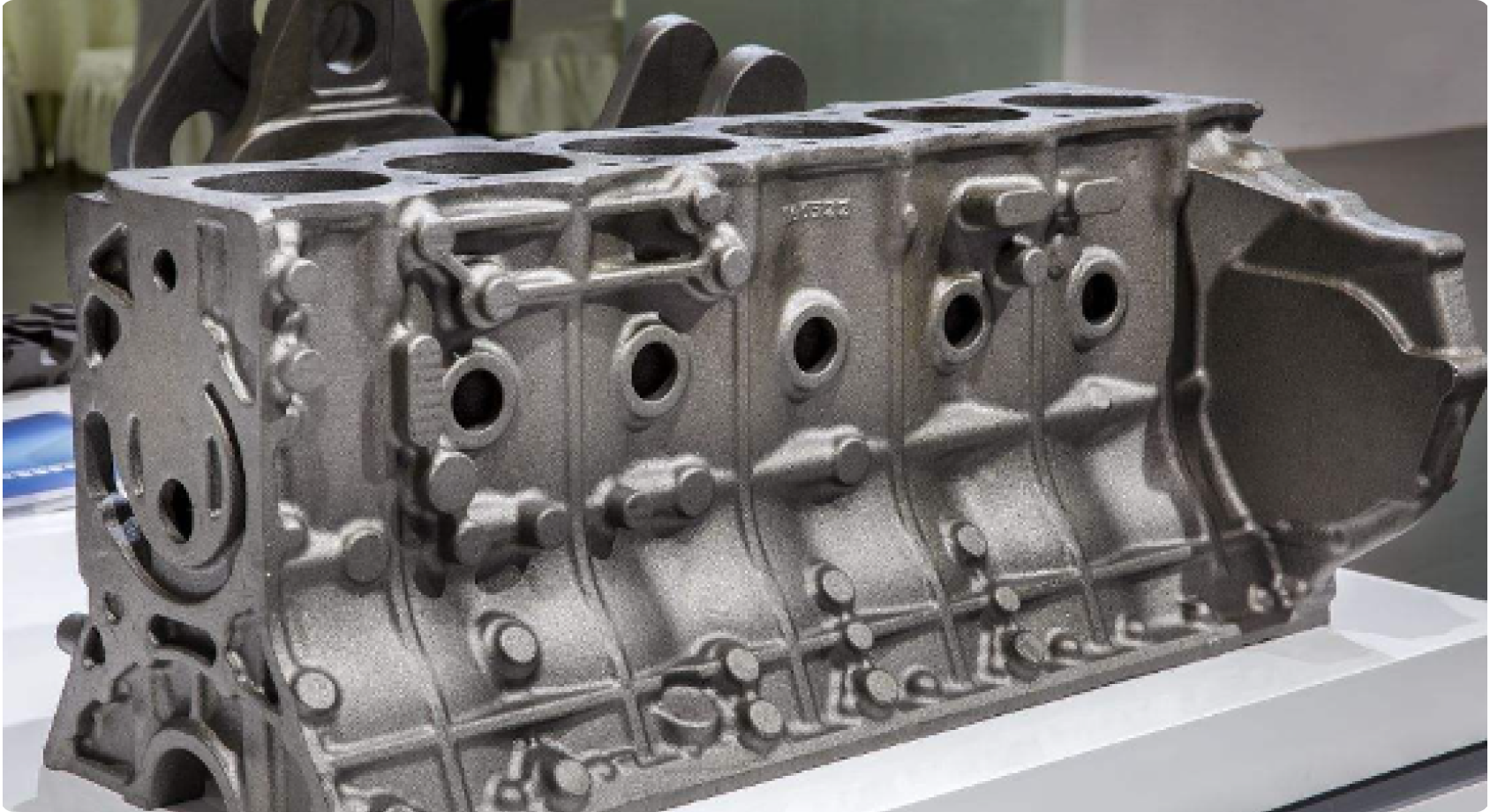 Engine cylinder blocks are prone to low-contrast micro-defects such as sand holes and cracks during the casting process. Traditional inspection methods, including visual inspection, touch testing, and ultrasonic detection, struggle to achieve comprehensive and accurate surface defect detection, lead
Engine cylinder blocks are prone to low-contrast micro-defects such as sand holes and cracks during the casting process. Traditional inspection methods, including visual inspection, touch testing, and ultrasonic detection, struggle to achieve comprehensive and accurate surface defect detection, lead -
 Keycap characters on keyboards are key elements that identify the function of each key. Formed through processes like injection molding, laser engraving, or pad printing, they are commonly found on computer keyboards, mechanical keyboards, and various input devices. They mainly consist of a keycap b
Keycap characters on keyboards are key elements that identify the function of each key. Formed through processes like injection molding, laser engraving, or pad printing, they are commonly found on computer keyboards, mechanical keyboards, and various input devices. They mainly consist of a keycap b









